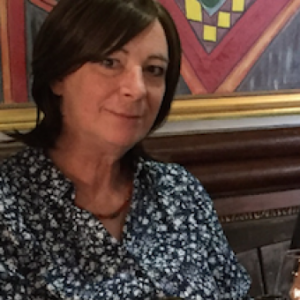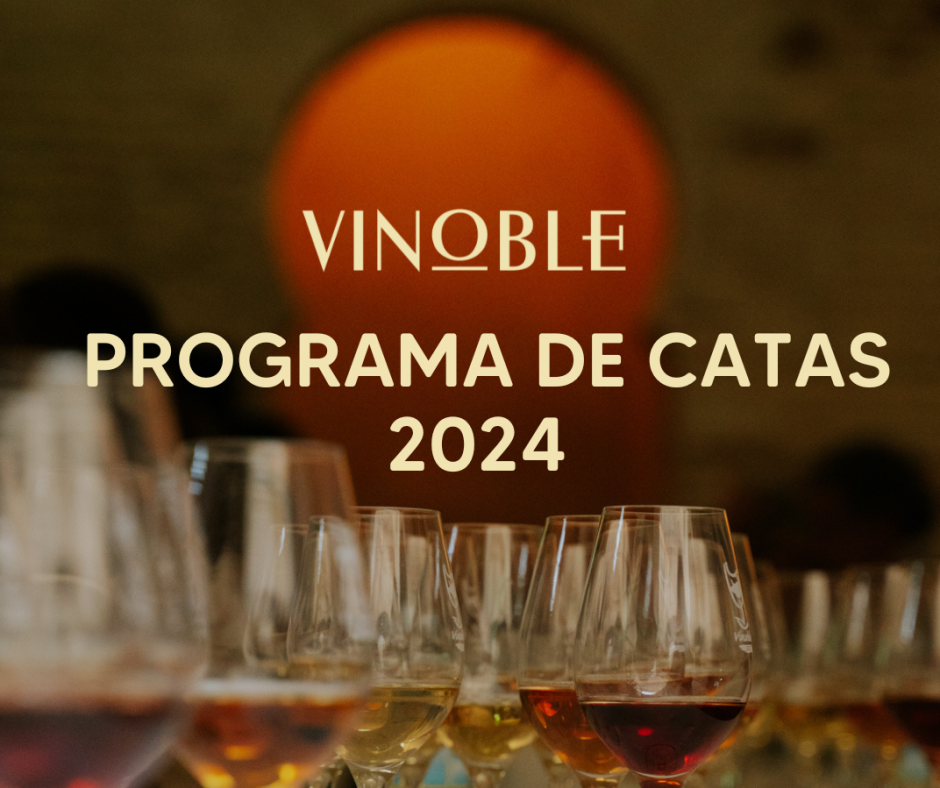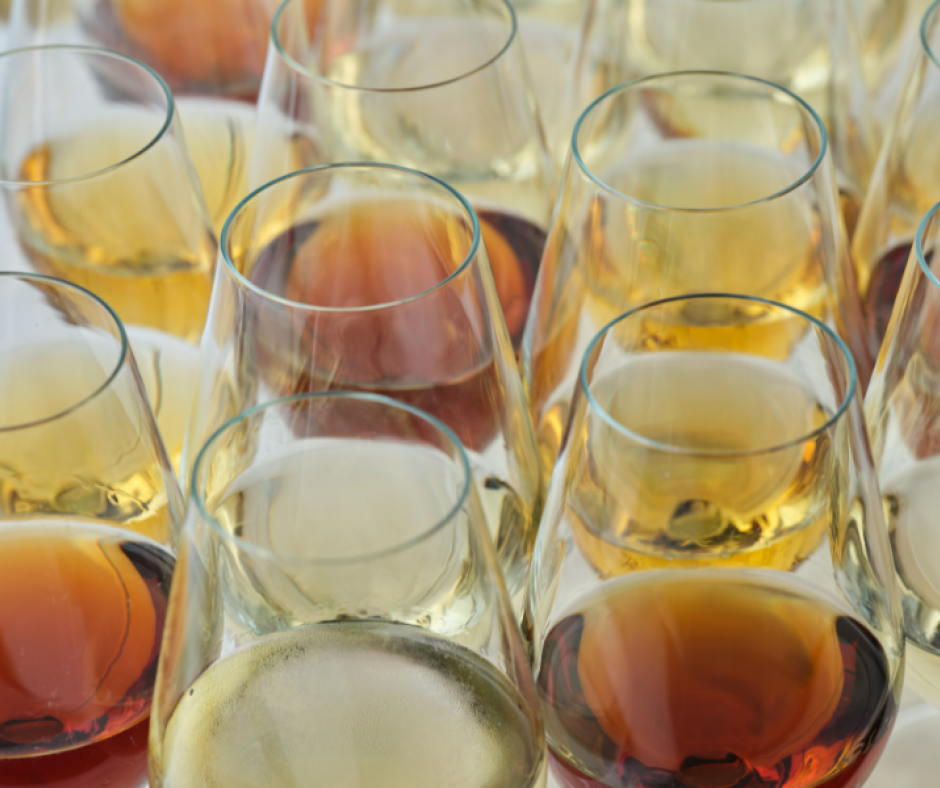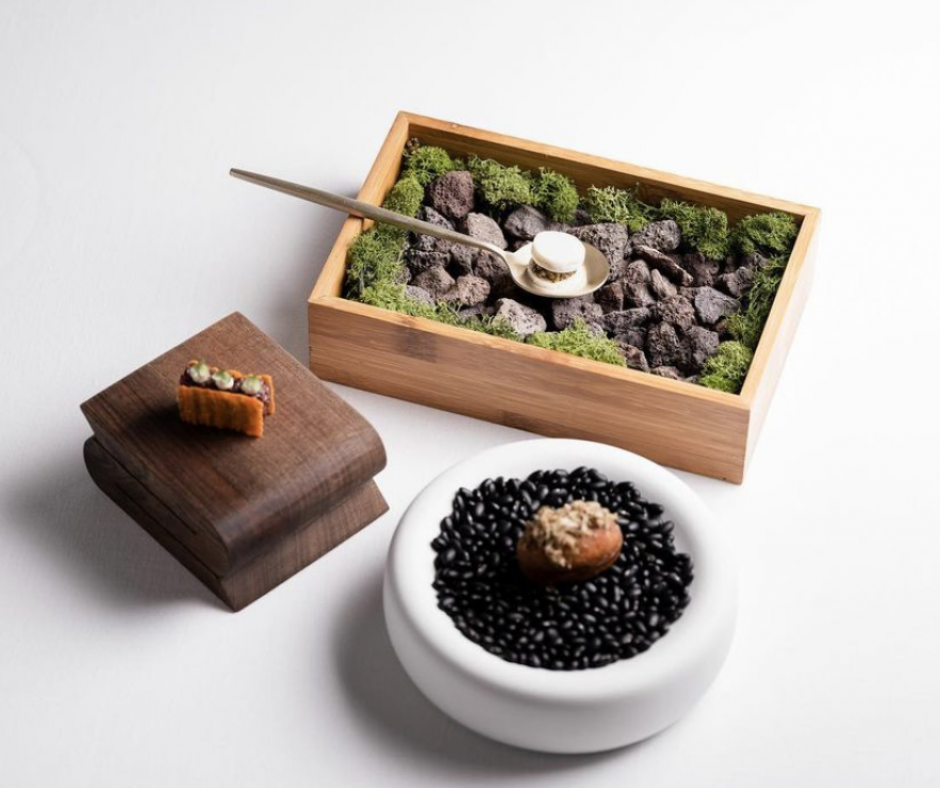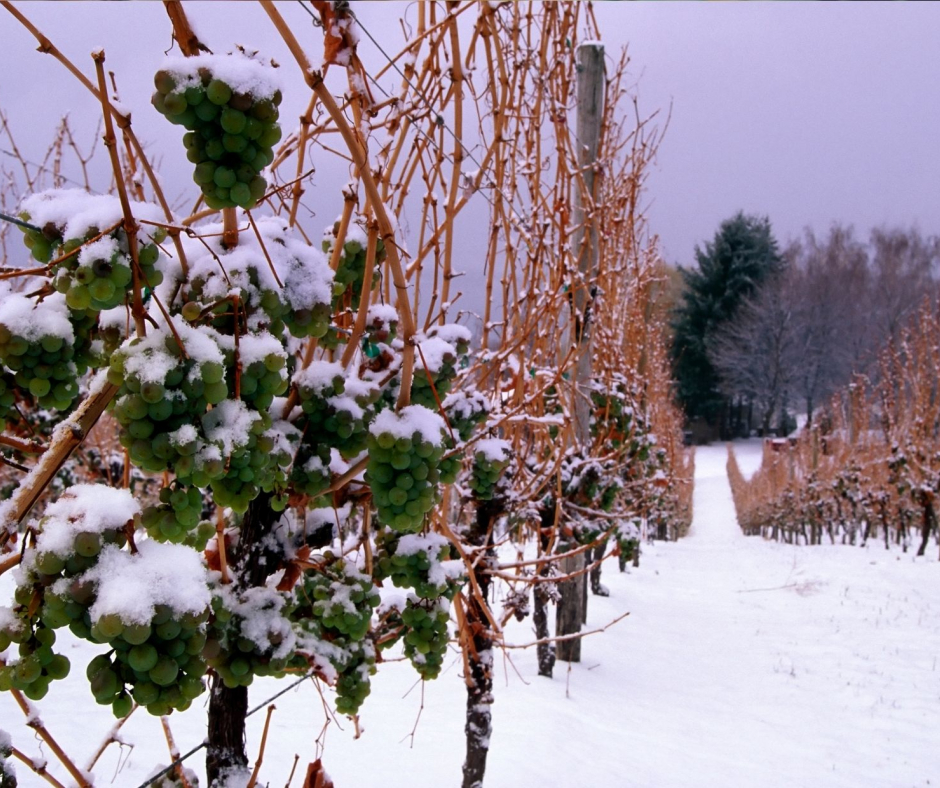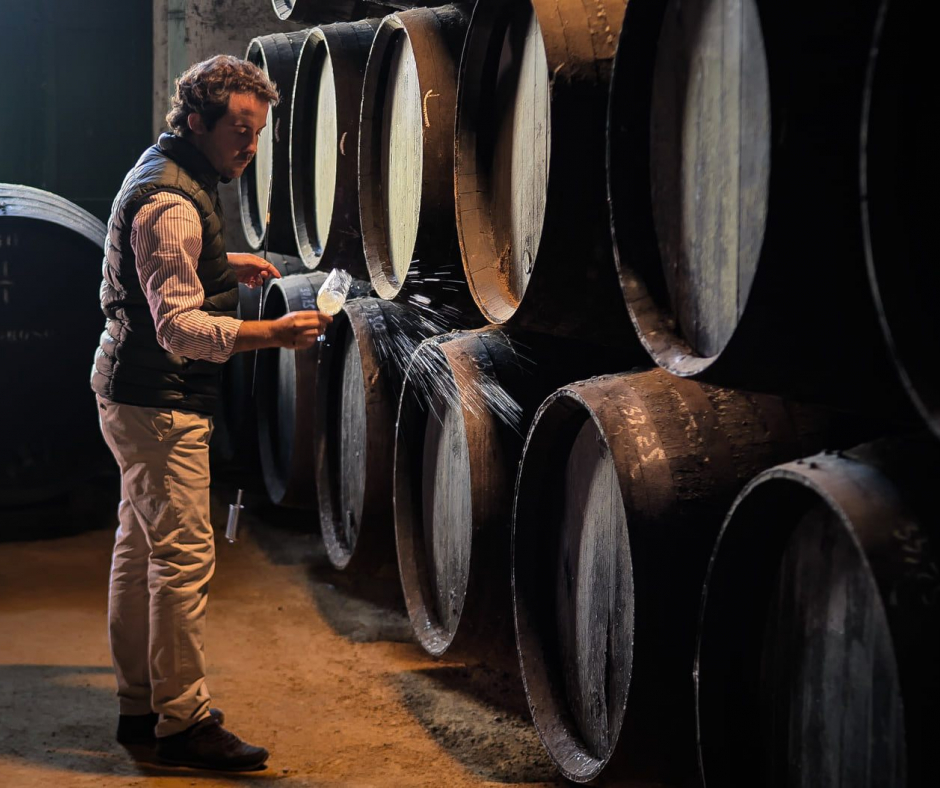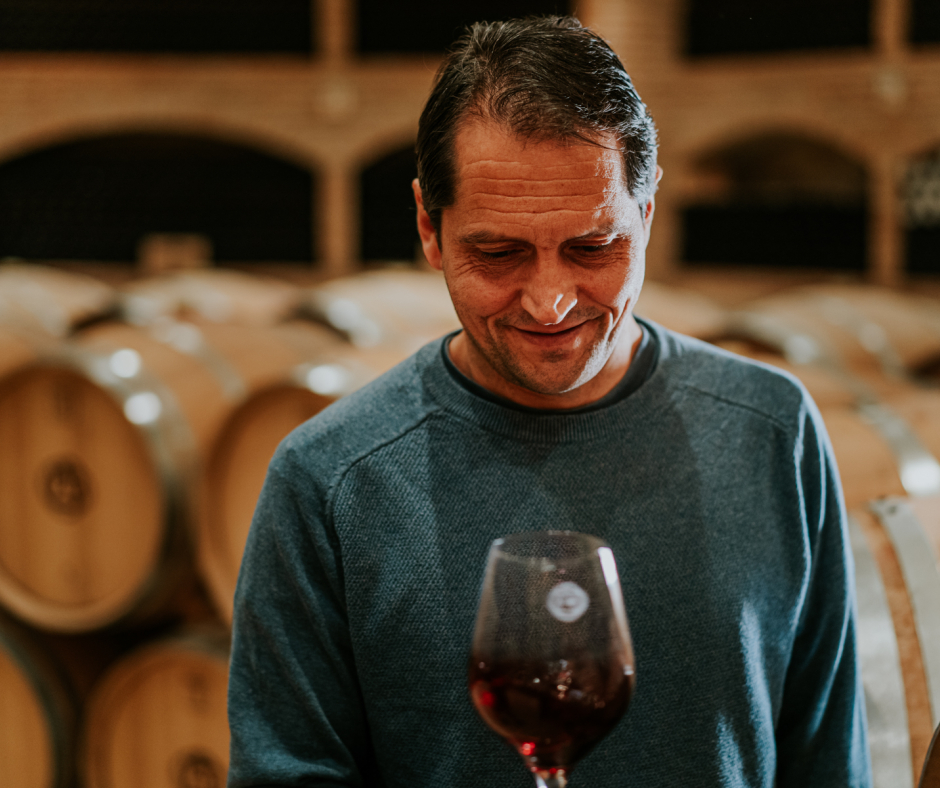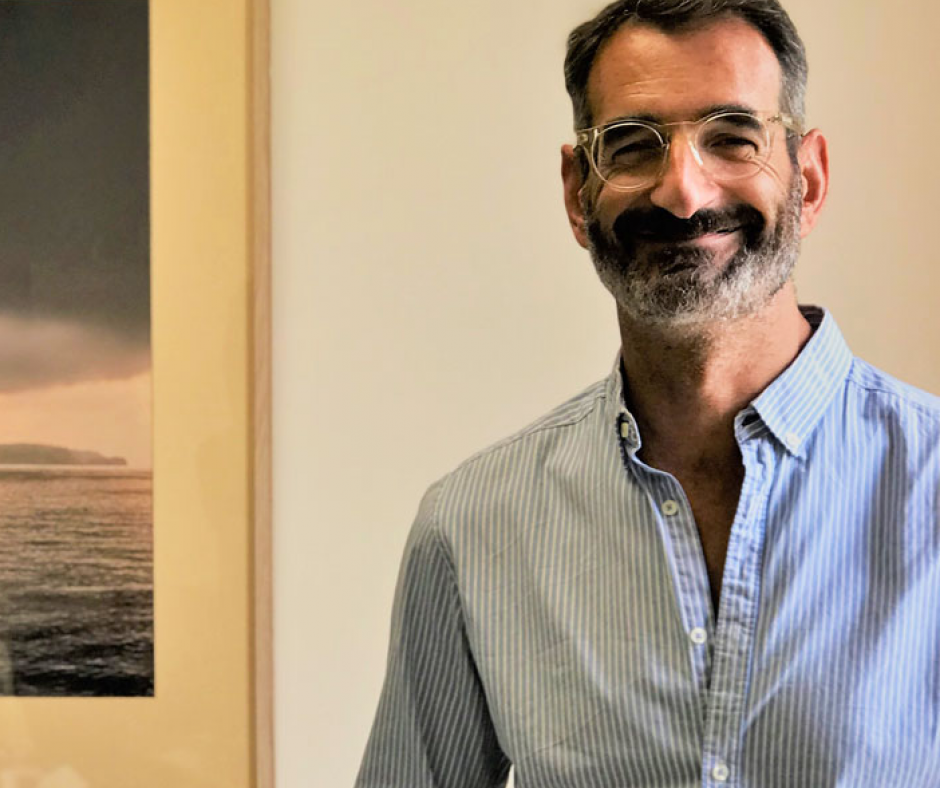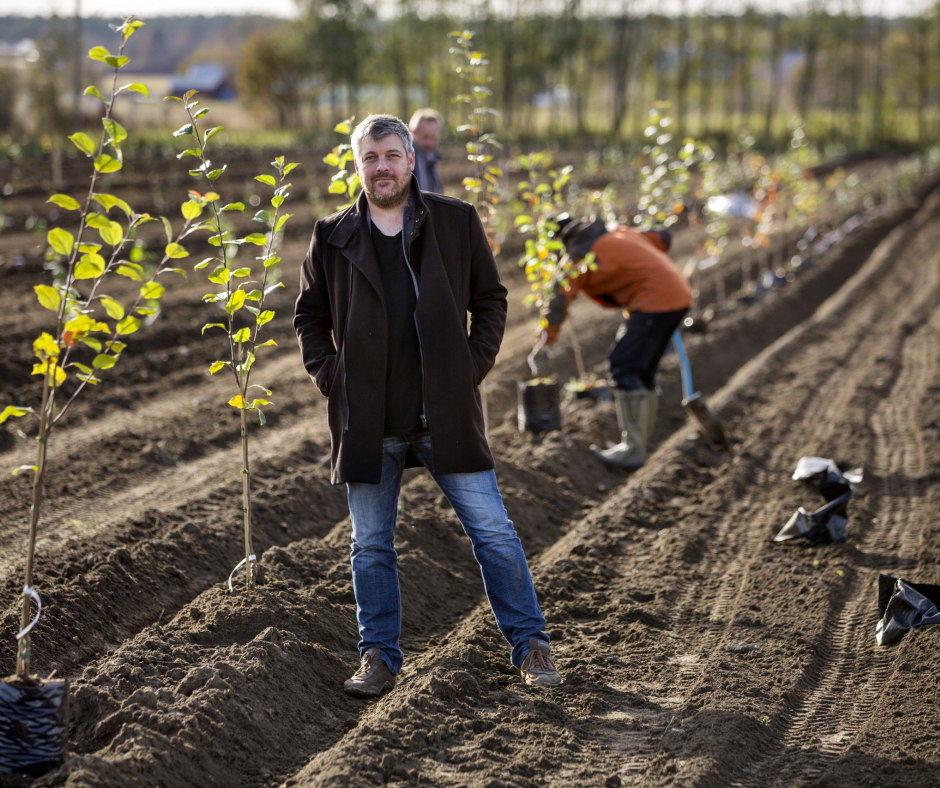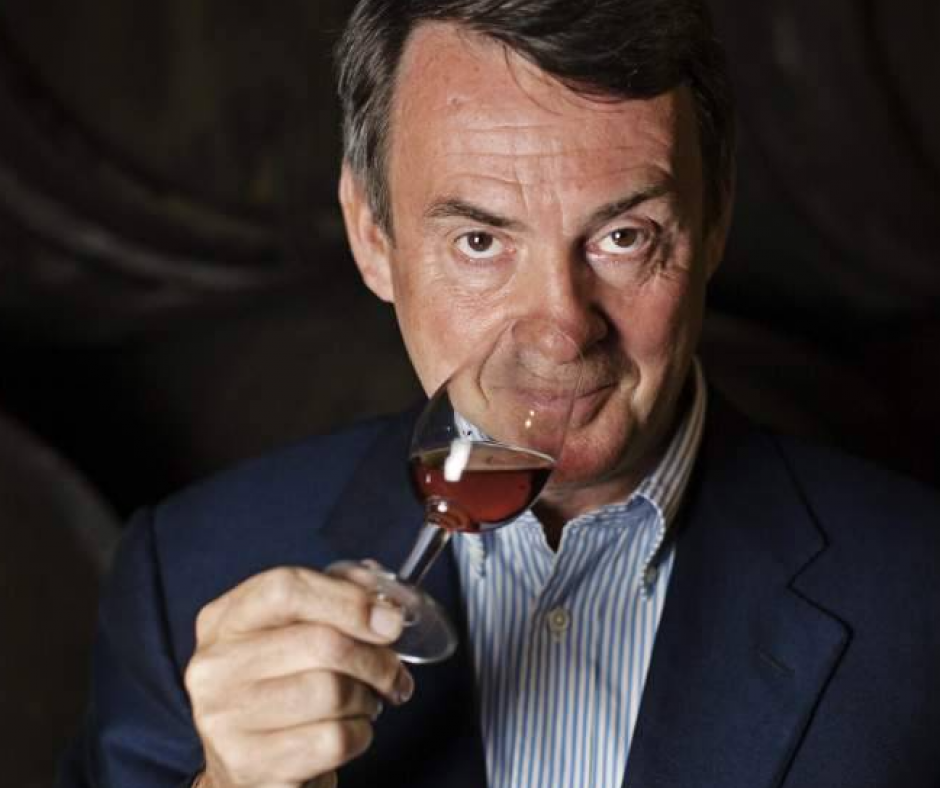This fascinating and historic must-visit town is situated on the left bank of the Guadalquivir estuary as the river flows into the Atlantic, opposite the beautiful saltmarshes of the Coto Doñana which are bursting with wildlife.
The atmosphere is fresh and maritime and there are miles of sandy beaches which are the spectacular location of the famous summer horse races. First run in 1845 these colourful races are the oldest in Spain and take place on two occasions: early and late August afternoons. There are lots of nearby bars and restaurants where one can spend the winnings!
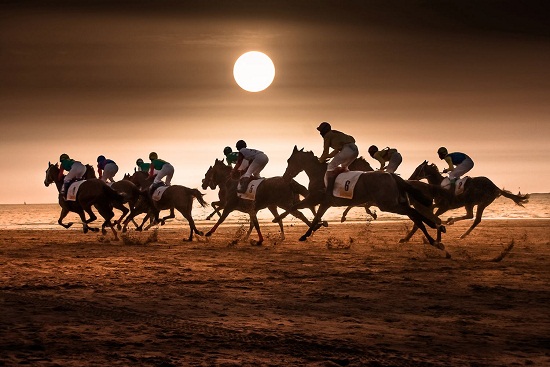
Looking down from above is the imposing XV century late Gothic castle of Santiago. The town is divided into two principal districts; the Barrio Alto or upper district, which sits about 30 metres above the Barrio Bajo or lower one. Most of the latter did not exist until the combination of lower sea levels and river silt exposed it from around the XVI century. In the XIX century the Duc de Montpensier, a member of the French royal family with eyes on the Spanish crown built a magnificent palace here where he could escape the heat of Sevilla where he held court. He never achieved the crown, but the town later inherited his palace, which is now the council chambers
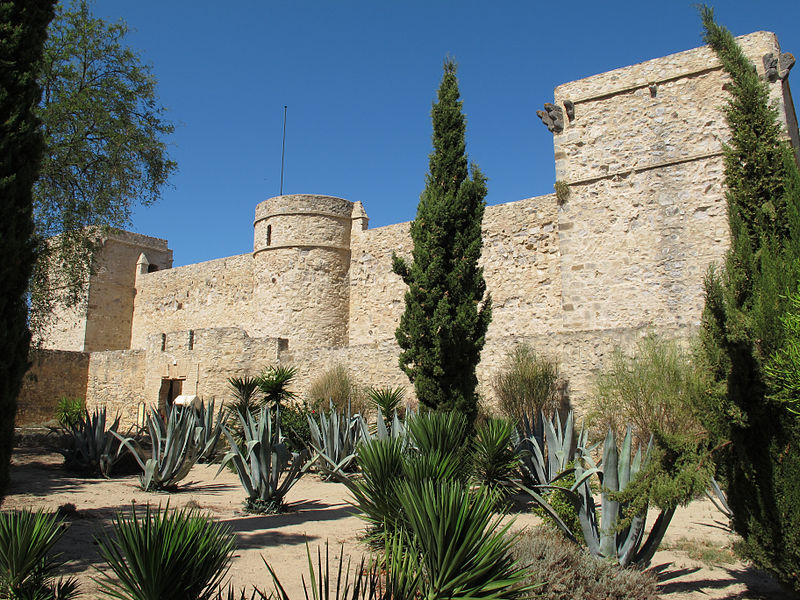
Sanlúcar’s name probably derives from a combination of the Latin “sanctus locus” (holy place) and the Arabic “bar-am-ma’ida” (well on the plateau). The area has been populated since prehistoric times and was colonised successively by the Phoenicians, Greeks, Romans and Moors. The Romans called it Luciferi Fanum after a shrine (the holy place) to the Greek goddess Fósforo, and the town still has the nickname derived from it: Puerto Lucero. After the reconquest from the Moors and during the medieval period the area was ruled by the duchy of Medina Sidonia, whose palace is near the castle.
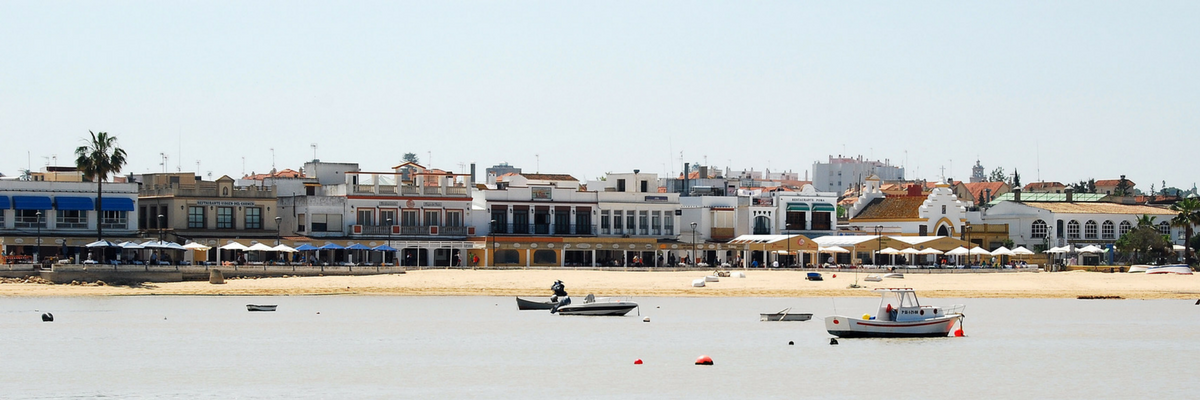
In the late XV century Sanlúcar gained considerable importance as the last port of call for supplying ships heading for the newly discovered Americas. Columbus himself sailed from here on his third voyage to the Americas in 1498, and in 1519 Magellan’s fleet sailed from here on his mission to circumnavigate the globe. A sizeable community of merchants, both local and foreign, and known as “cargadores a Indias” grew out of the need to supply goods like cereals, oil and wine to increasing numbers of ships bound for the new American colonies (Indias). Many of their houses can still be seen, usually with storage at ground level and rather grand living quarters upstairs..
All the while an important wine industry had been consolidated by the late XVIII century, and it would see major investment in the XIX century from men returning from the colonies with considerable fortunes. It was around the beginning of the century that the wine got its name “Manzanilla” which probably derives from its characteristic aroma of camomile (Sp. Manzanilla). Its singular quality has much to do with the fresh humid Atlantic breezes and the clean air of the Coto Doñana which help maintain flor on the wine all year round and give a slightly salty note to the wine. Manzanilla came under the wing of the Denominación de Origen Sherry in 1933 and gained its own in 1964. It is currently the best-selling style of Sherry.
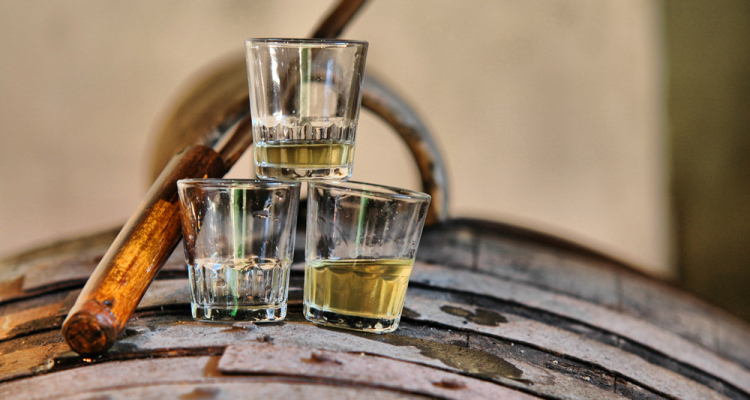
The Coto Doñana is an extensive and beautiful Unesco listed expanse of unspoiled sand dunes, marshland and forest. Here, some 440 species of wildlife can be found, over 300 of them birds, some local, others migratory, including various species of eagle, and of course the famous flamingos. They get their spectacular pink colour from a diet of tiny protein rich crustaceans called Artemia which abound in the salty marshes and lagoons. The best time to see these magnificent birds in their thousands is during spring and summer. There are also various snakes and dozens of mammals including the endangered Iberian lynx. This is the most important wildlife eco-system in Europe. It can be visited by booking a crossing at the Fábrica de Hielo (old ice factory) on the Bajo de Guía.
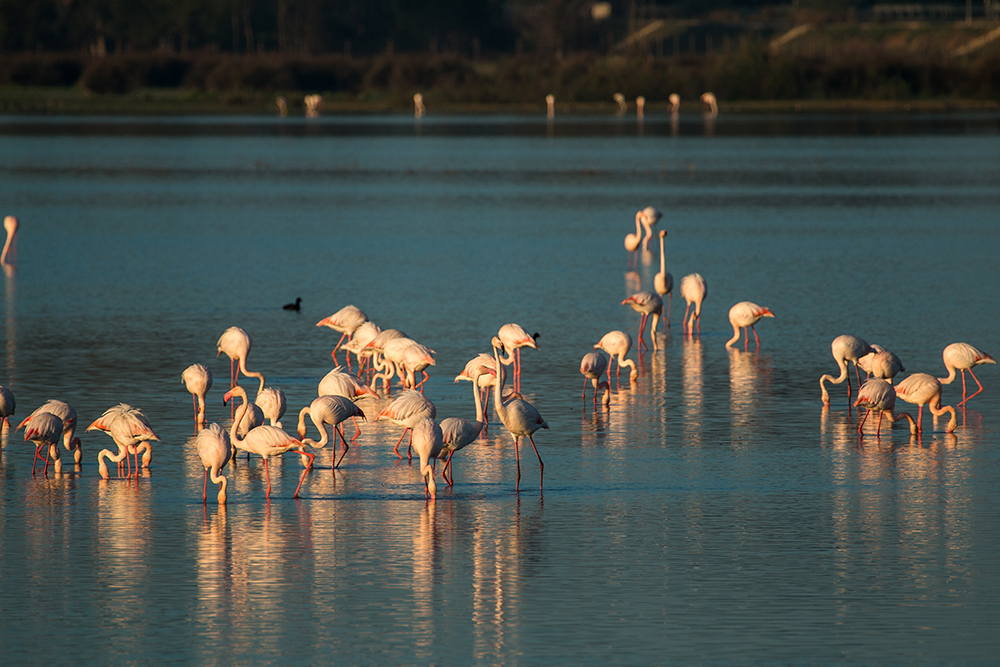
The picturesque annual Romería (pilgrimage) del Rocío passes through the reserve on its way to and from the hermitage of the Virgen del Rocío which is at Almonte in the neighbouring province of Huelva. This pilgrimage dates back to the XIV century and is probably the largest. Each May tens of thousands of pilgrims, on horseback, in caravans and even on foot, cross the Guadalquivir by boat from Sanlúcar. Such is the scale of the event that the authorities are at full stretch to minimise environmental impact.
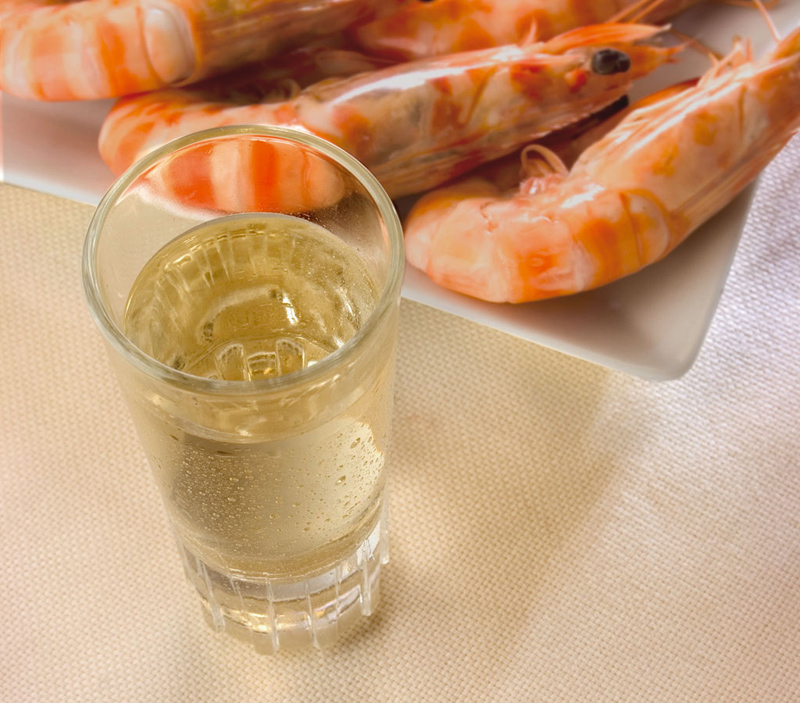
Seafood in Sanlúcar is outstandingly good and widely varied. The langostinos even have their own Denominación de Origen. The beachfront street called the Bajo de Guía boasts an impressive choice of bars and restaurants, and there are many more in the Plaza del Cablido and the Plaza San Roque. The people of Sanlúcar are delightful, their town is fascinating and the food and wine are wonderful. There is an enormous amount to see and do here, making Sanlúcar an essential visit, but if you only have one day, what would be the top things to see and do? That is a difficult one, but a visit to one of the impressive bodegas, lunch at the Bajo de Guía looking out to Coto Doñana and a visit to the Medina Sidonia palace would be just three suggestions.
Visit the Ruta de Vinos y Brandy website for a complete guide of things to do in Sanlucar de Barrameda. Here
